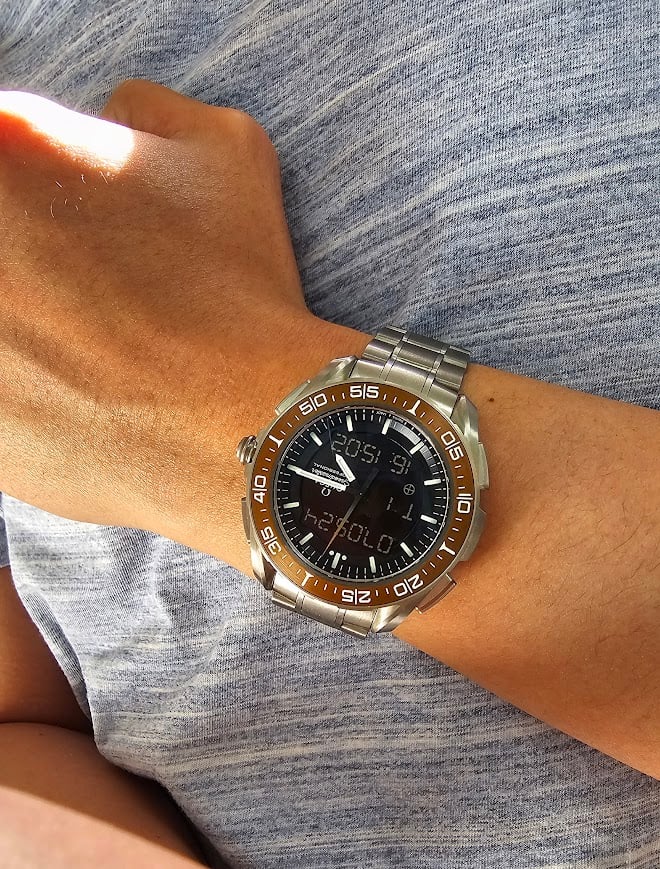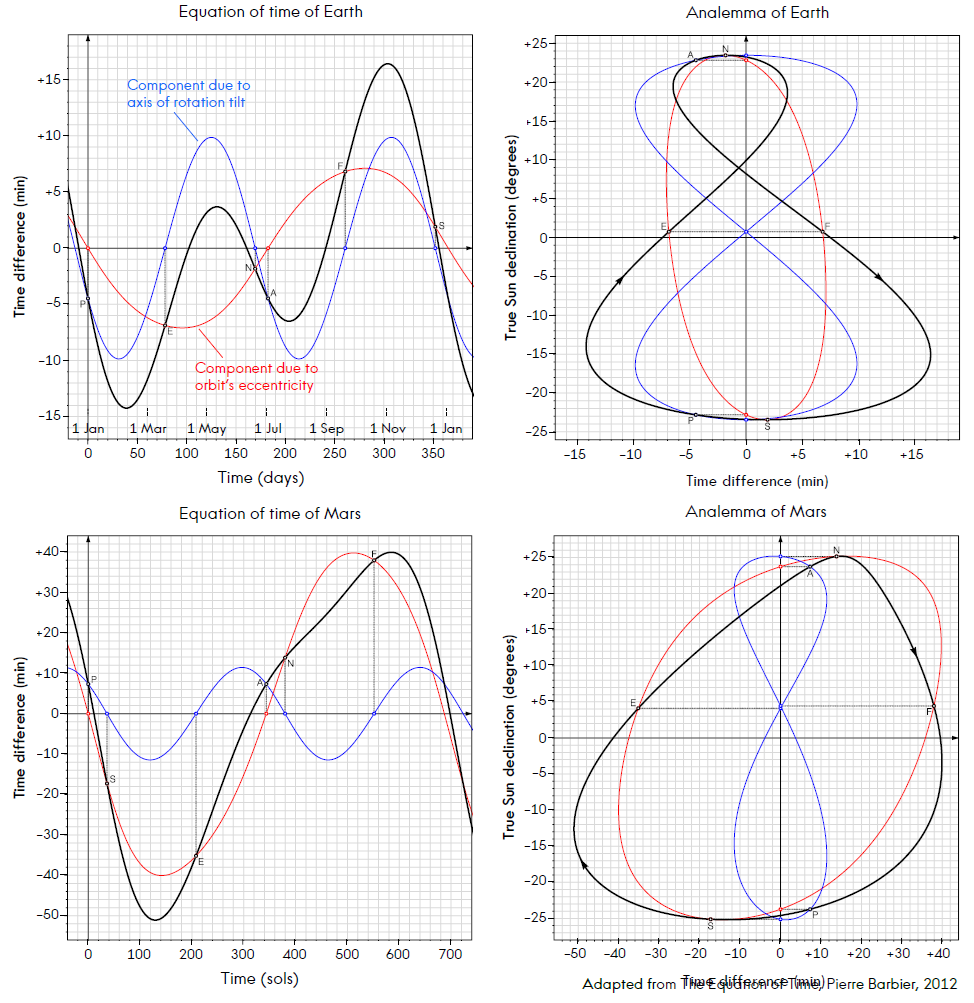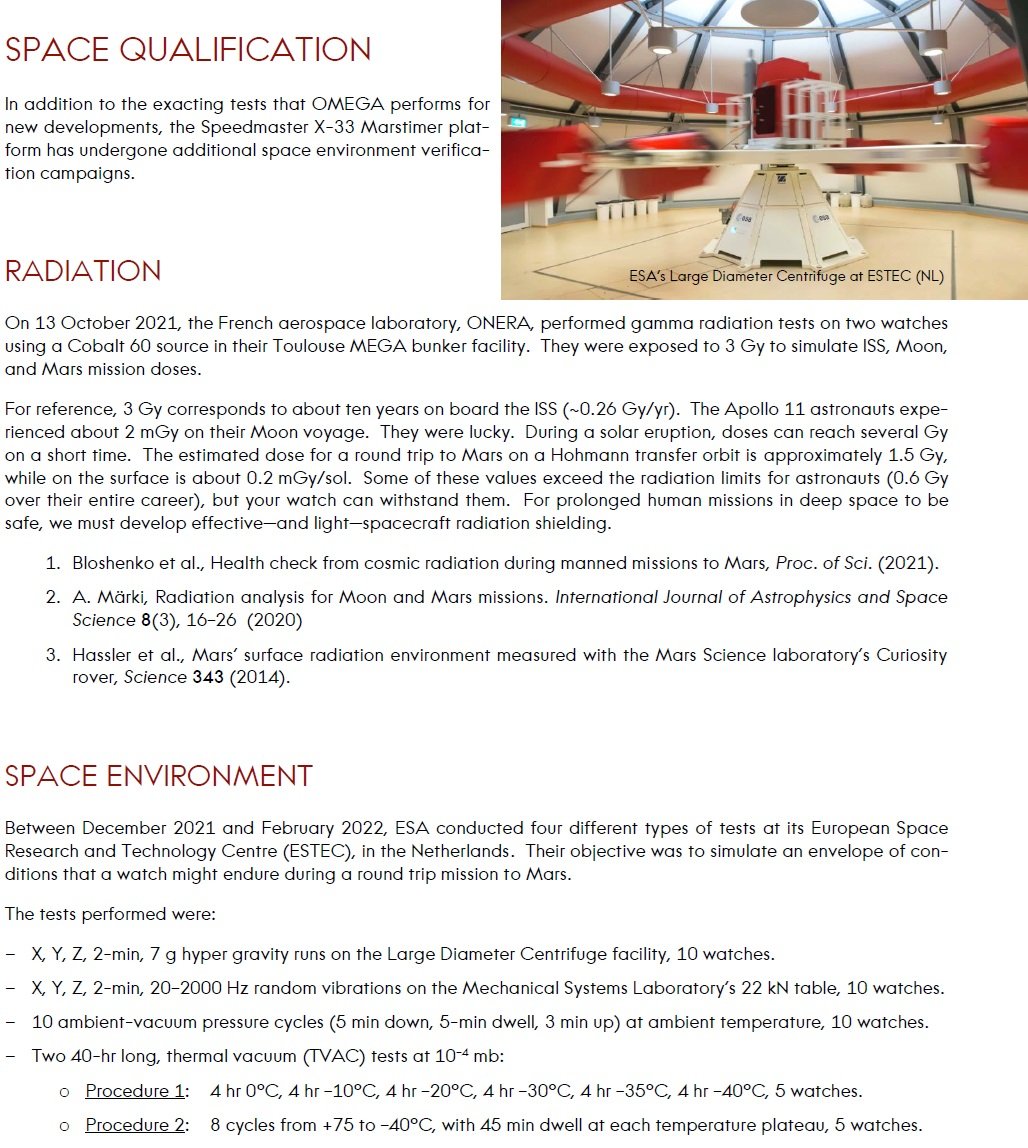felixofearth
·I pulled the trigger on the Marstimer about 2 months ago and I couldn't be happier with the decision.
As a member of the space industry, I'm no stranger to the intrigue and draw of the original SMP - it's a beautiful timepiece that certainly deserves its place in the annals of horological history. However, just as we looked to the future as a source of imagination and inspiration when we chose to go to the moon and do the other things, the ST 145.012 was selected first and foremost as a tool-watch to satisfy a niche requirement to enable man's realization of that future. So while homages to the original through design, be it a sedna gold case or a meteorite face has its place, the Marstimer pays homage instead through purpose and intent. To me, that means more than a color or material change.
While we may acknowledge that the horological world may advance at a glacial pace, contrary to the nth iteration of the SMP, space exploration didn't simply stop in 1969. The X-33 is today's SMP in that all current American/European astronauts are issued the watch prior to a launch. This family of instruments are what is currently on the wrists of men and women that are currently overhead, traveling at over 28,000 km/h, pushing the envelope that Neil and Buzz so captivated the world with over half a century ago. More specifically, the Marstimer was purpose built as an instrument to enable space professionals to (remotely) explore a even further world. In this generation, that new world happens to one, possess a different day cycle than earth, and two, has no magnetic field to provide a directional bearing. The former is important because every one of our remote explorers rely on the sun, whether it's power or electro-optical sensors to monitor and collect pictures. And with your sun-rise/set times changing every day, keeping track with 24-hr watches becomes a daily chore. With the latter, it's my opinion that the inclusion is because timing and direction enable one of the first principles of exploration; dead reckoning. It's in this spirit, I think, that Omega used the equation of time to calculate true North based solely on the sun, and your lat/long. If that's not enough to convince you of the bona fides of this watch, check out the flight qualifications on pg49 at the end of the extended manual.
So whether you're working on the next mission to Mars, paying homage to today's space exploration professionals, or simply want to have an 80db alarm that will repeat at the 47th minute and 17 seconds of the 16th hour on every Monday in UTC+8, maybe kicking the tires of this criminally underrated reference will light the fires of your imagination of what's possible tomorrow.
Per aspera, ad astra.
As a member of the space industry, I'm no stranger to the intrigue and draw of the original SMP - it's a beautiful timepiece that certainly deserves its place in the annals of horological history. However, just as we looked to the future as a source of imagination and inspiration when we chose to go to the moon and do the other things, the ST 145.012 was selected first and foremost as a tool-watch to satisfy a niche requirement to enable man's realization of that future. So while homages to the original through design, be it a sedna gold case or a meteorite face has its place, the Marstimer pays homage instead through purpose and intent. To me, that means more than a color or material change.
While we may acknowledge that the horological world may advance at a glacial pace, contrary to the nth iteration of the SMP, space exploration didn't simply stop in 1969. The X-33 is today's SMP in that all current American/European astronauts are issued the watch prior to a launch. This family of instruments are what is currently on the wrists of men and women that are currently overhead, traveling at over 28,000 km/h, pushing the envelope that Neil and Buzz so captivated the world with over half a century ago. More specifically, the Marstimer was purpose built as an instrument to enable space professionals to (remotely) explore a even further world. In this generation, that new world happens to one, possess a different day cycle than earth, and two, has no magnetic field to provide a directional bearing. The former is important because every one of our remote explorers rely on the sun, whether it's power or electro-optical sensors to monitor and collect pictures. And with your sun-rise/set times changing every day, keeping track with 24-hr watches becomes a daily chore. With the latter, it's my opinion that the inclusion is because timing and direction enable one of the first principles of exploration; dead reckoning. It's in this spirit, I think, that Omega used the equation of time to calculate true North based solely on the sun, and your lat/long. If that's not enough to convince you of the bona fides of this watch, check out the flight qualifications on pg49 at the end of the extended manual.
So whether you're working on the next mission to Mars, paying homage to today's space exploration professionals, or simply want to have an 80db alarm that will repeat at the 47th minute and 17 seconds of the 16th hour on every Monday in UTC+8, maybe kicking the tires of this criminally underrated reference will light the fires of your imagination of what's possible tomorrow.
Per aspera, ad astra.
Edited:





